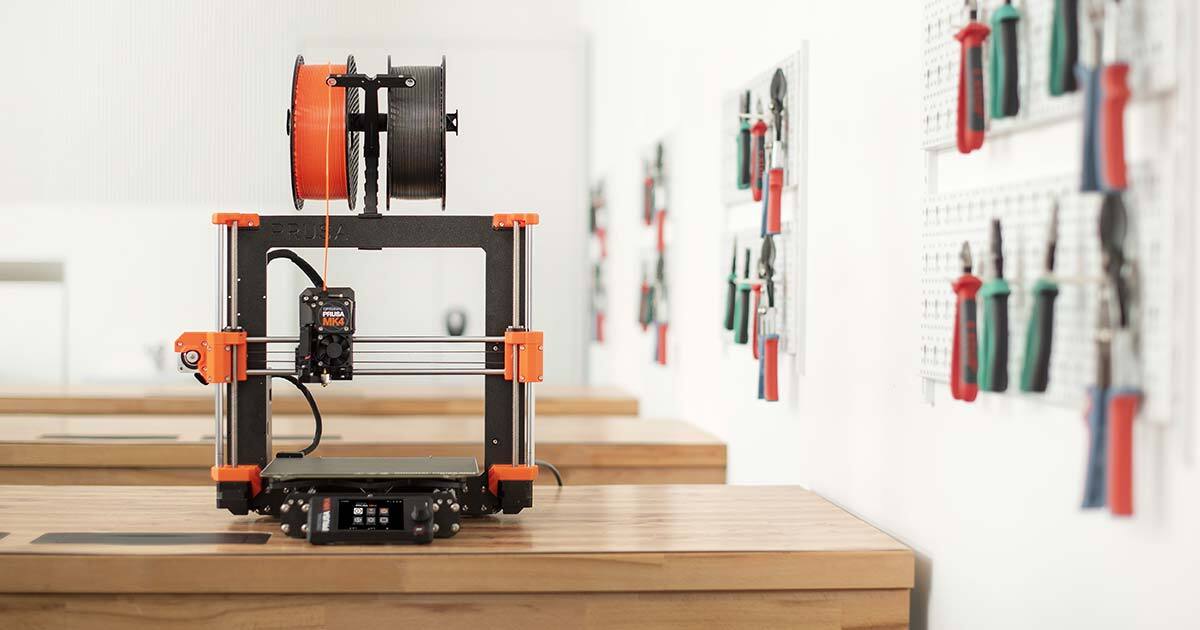Alriar
New Member
Good morning, everyone.
I've done prints before, but usually much smaller ones like weapons and smaller handheld props. I'm trying to get into armor making, starting by attempting to print an ODST helmet, but I'm struggling with support. I'm using a CR-10S, which has a 300x300 build plate, so I can print the helmet whole, but my concern comes down to support placement and knowing which pieces need support and which don't. Has anyone ever printed an ODST helmet whole or even any helmet? Looking for a little guidance.
Any help is appreciated. I hate Cura


I've done prints before, but usually much smaller ones like weapons and smaller handheld props. I'm trying to get into armor making, starting by attempting to print an ODST helmet, but I'm struggling with support. I'm using a CR-10S, which has a 300x300 build plate, so I can print the helmet whole, but my concern comes down to support placement and knowing which pieces need support and which don't. Has anyone ever printed an ODST helmet whole or even any helmet? Looking for a little guidance.
Any help is appreciated. I hate Cura

